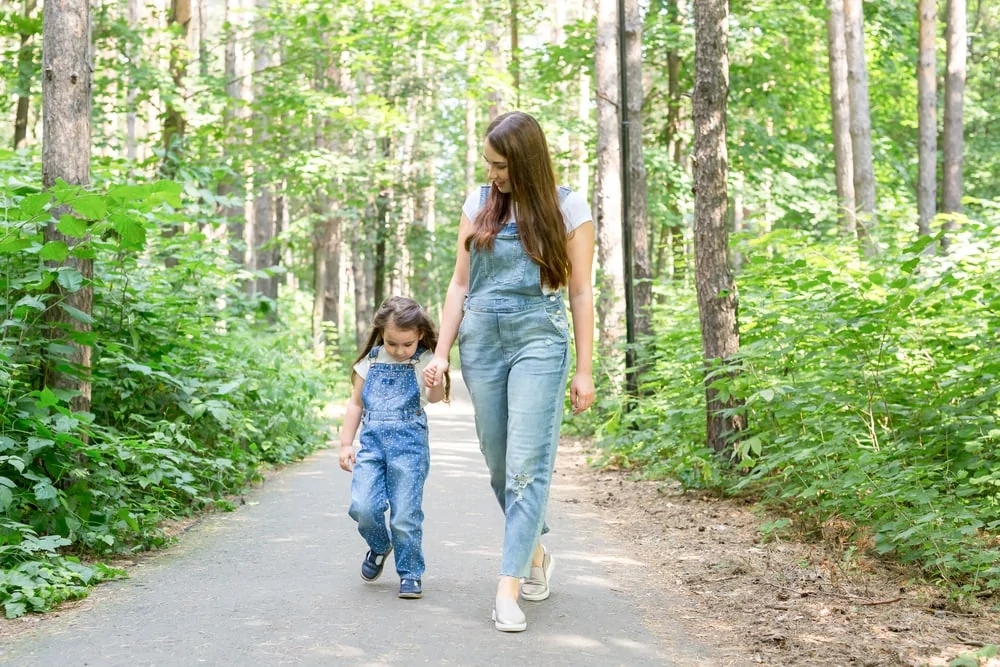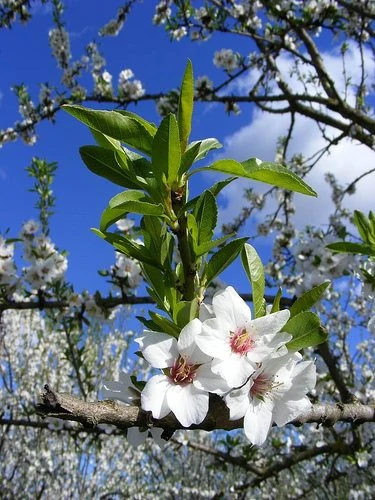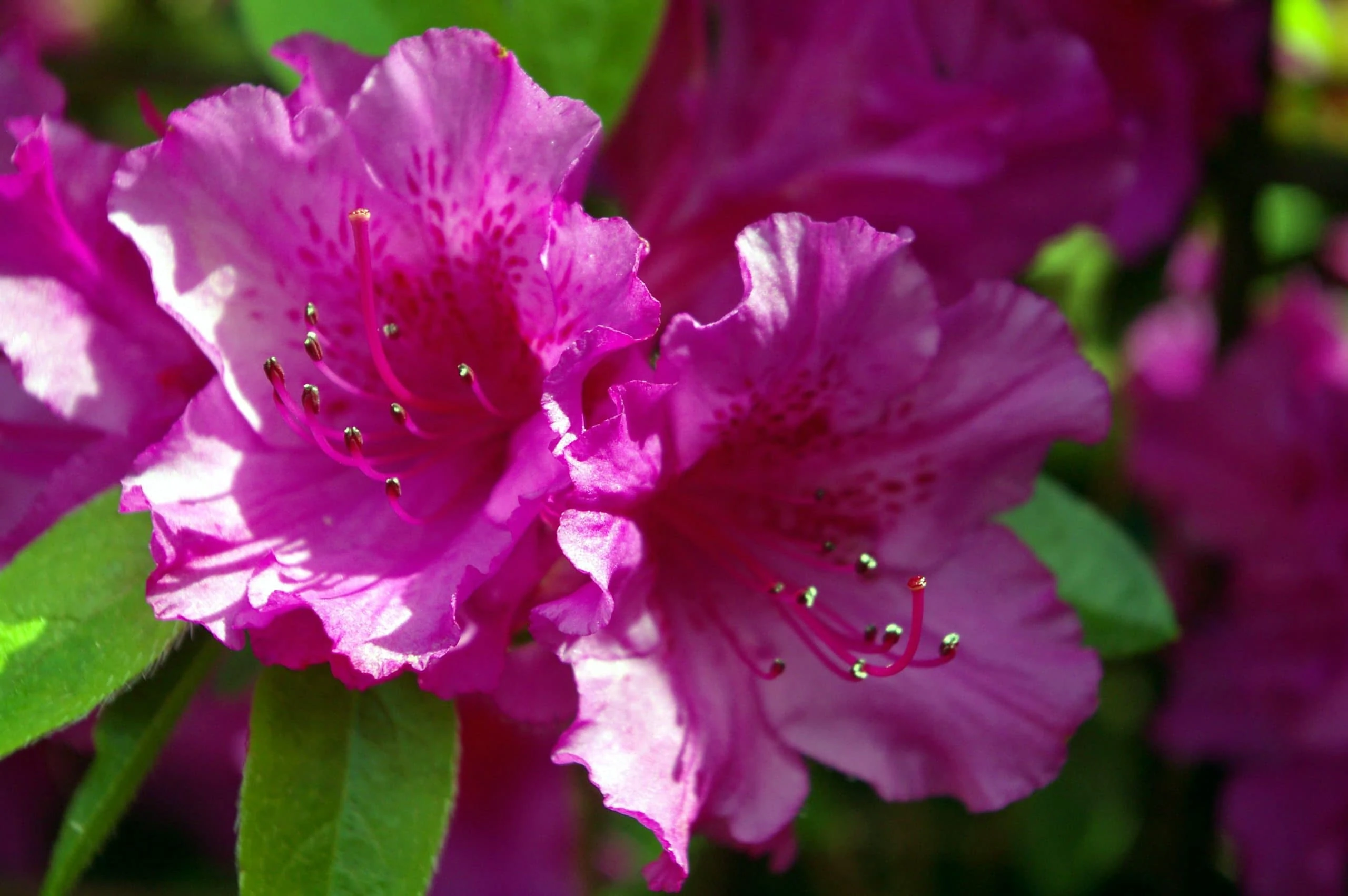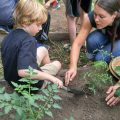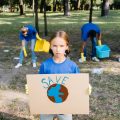With so much buzz about the new Netflix movie Don’t Look Up, you’d hope that at least some of it would transition to talk about the issue it allegorizes – and, most importantly, what we can do about it. But talking about climate change is difficult.
And it’s even harder to talk about it with children.
While we are responsible for helping them learn about it, we don’t want to leave them with a sense of fear and apathy akin to the freeze response to stress. Nor do we want to fill them with despair at the thought of a world without life as we know it.
Envisioning a Positive Future
I was co-teaching a children’s yoga class on the day last summer when the temperature here in Portland, OR, reached a record high of 116 degrees. Unprompted, the kids started talking about climate change. “I’m mad at the factories for polluting!” one child said.
“How hot will it be when we grow up?” asked another.
A third said, “The Earth might not even be safe to live on when we grow up.”
For a moment, my thoughts flashed back to a time some years ago. I was observing a group of second graders who had been instructed to clap for each second an endangered animal died. It was a quick, rhythmic clap. Really? I thought. This is the best we can do? What can second graders do with this information?
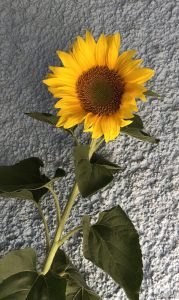
“She’s got a ton of energy!” one student offered.
Another said, “When she decides to do something, she gets it done!”
I invited the girl to put her flower in a central vase, then said to the group, “Imagine what could happen if she used those qualities to help us heal the Earth.”
Another student held up his flower.
“He’s the right kind of quiet,” said one of the children. “He listens to people and helps when they need something.”
“Yes. Now imagine if he used this right kind of quiet to help heal the Earth.”
As we did this for each of the children, you could see them becoming inspired and hopeful. Together, we all closed our eyes and envisioned what could happen if everyone around the world used their positive qualities in this way, sharing our visions afterwards.
An Empowering Approach
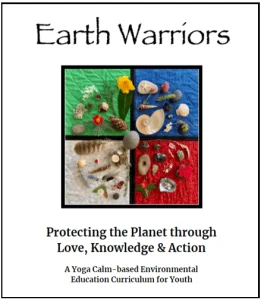
The key is to nurture a sense of environmental stewardship, yet this also opens the path to having empowering conversations with children about climate change. Here are a few basic tips that I hope will stimulate your thinking about how to address children’s understandable concern about what’s happening to our planet:
- Spend time outdoors. Teach them about nature. If you feel your own knowledge of the natural world is lacking, make an effort to learn together. There’s a wealth of material to explore online, and your local library can guide you to resources, as well.
- Follow the lead of the child. Let them – and their natural curiosity – guide the conversations and activities.
- Answer questions simply and honestly, without elaborating. Try to steer clear of emotionally loaded language. Watch the child’s responses as you answer, and let them ask follow-up questions.
- Acknowledge the problem of climate change and its effects, and allow the child to express emotions about it. It can be tough to avoid imposing or projecting our own emotions, but it’s important to let the child express their own feelings as they’re feeling them.
- Read stories about activists who have made a difference. (We include stories of young activists like this one in Earth Warriors.) Again, there are lots of great books and websites, and the librarians at your local branch can be such a help in finding appropriate materials for your family.
- Participate in helping. Plant trees. Participate in a community garden or local clean-up project. Introduce your child to other young activists or environmental activist groups.
“They Provide Hope & Help Us Remember”
Recently, we decided to bring the concept of evergreens into our kids’ yoga class and help the children understand why we keep them in our homes during the winter season.
So before class, we had the children go outside. It was a cold, clear day, and they were excited to spend time outdoors. After they had played for a bit, we asked them to take scissors and cut samples of things that stay colorful in winter. We also asked them to offer some bird seed as a thank you to the plants.
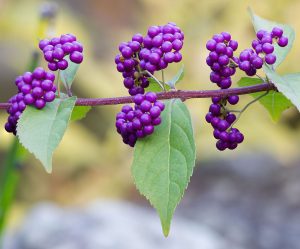
When we asked them why we gather evergreens in winter, they knew, explaining how they provide hope and help us remember that life goes on even when many things don’t look alive – a good metaphor, I think, for the past few years we’ve had!
We ended class with each child snuggled under a soft blanket in the studio for a relaxation that helps us remember what is still here:
Close your eyes and imagine that you go outside. You’re wearing just the right clothes, and you feel warm. You walk around and look at all the things that show that they’re still living – berries on one plant, green needles on a tree. You know that some of the trees have closed up for the winter, but inside they are growing, protecting their buds until the earth is warm again and they can bloom. You think about the things in your life that are like evergreens – people who are always there, even if you don’t see them all the time; the earth, the sky, water. You take a moment and thank these things for being there.
Then, once the kids shared their gratitude for the evergreens in their lives, we closed by writing a winter poem together. We began,
I am the earth in winter.
I am the colors white, green and brown.
I feel cold and Christmasy.
I provide water, soil and food for the birds.
I help people live.
If you listen to me I say, “Go sledding on me!”
I am the earth in winter.
When we are connected – to nature, to the Earth, to each other – beautiful and amazing things happen.
Beautyberry image by Laitche, via Wikimedia Commons

